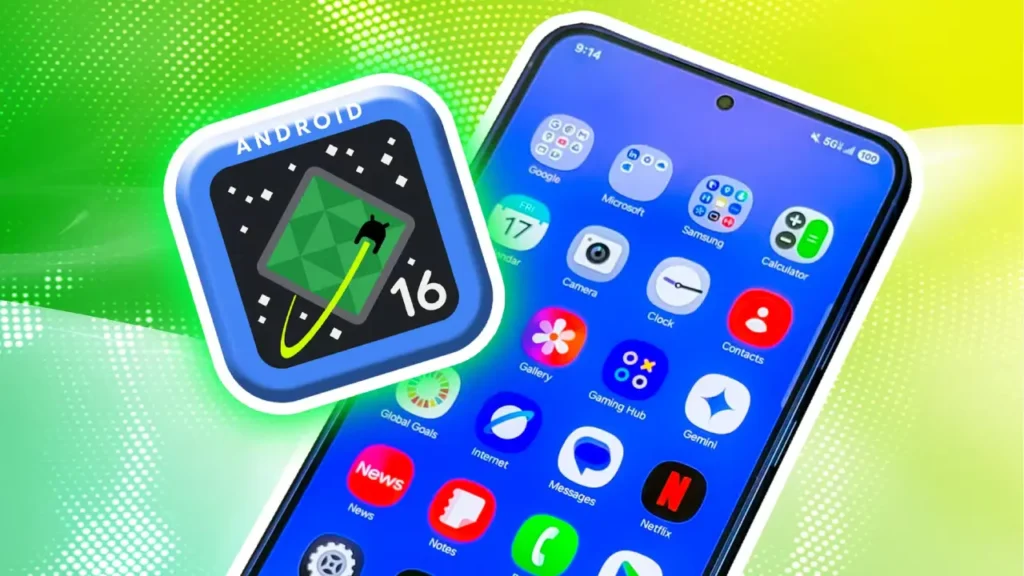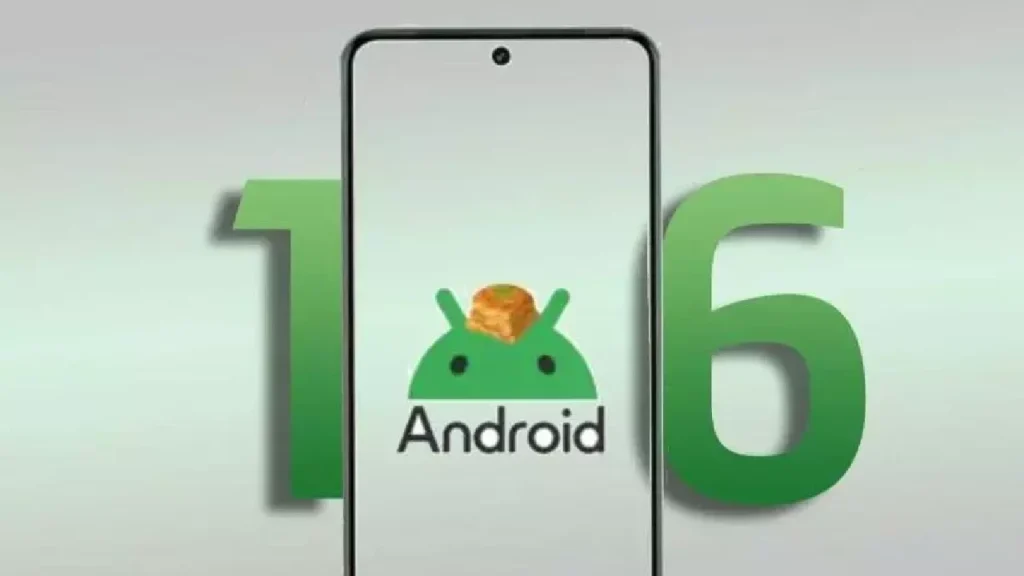Highlights:
- Android 16’s official launch brings battery health tracking, Live Activities, and Advanced Protection.
- Launch expected to begin mid-morning, June 10, 2025 (PT).
- Larger UI and functional changes are coming in Android 16 QPR1.
- Google takes a quieter approach following Apple’s iOS 26 reveal.
Google is rolling out the final version of Android 16, codenamed “Baklava,” starting June 10, 2025, as confirmed by the official Android Developers. Initially, the update will reach Pixel devices, with models from Samsung, OnePlus, Xiaomi, and others expected to follow in the coming months.
Android 16 brings a host of new features: an enhanced Material 3 Expressive design (with its full visual refresh arriving later this year), battery‑health tools, Live Updates for real‑time notifications, AI‑powered scam detection in Messages, Advanced Protection Mode, auracast support for public audio streaming, improved Bluetooth LE Audio compatibility, and professional‑grade camera enhancements such as Ultra HDR and night‑scene detection.
It's almost time for the Android 16 final release! See you back here tomorrow. 😉 pic.twitter.com/oChA0pxeFa
— Android Developers (@AndroidDev) June 10, 2025
Google also integrates support for Electronic Health Records through Health Connect, boosting accessibility with high‑contrast text and intelligent notification redaction.
While some of the more striking UI changes will come with Android 16.1 later this year, today’s release lays a solid foundation, offering security and usability improvements aligned with Google’s quarterly rollout strategy. This update is a leap forward in design, performance, and privacy readiness for Android users.
Modest Rollout with Key Features
Android 16’s official launch is more subdued than Apple’s dazzling debut, but it lays the foundation for what will happen later this year. Based on feedback from beta testing and in-depth developer previews, the update brings a good number of enhancements.

- Battery health metrics: Providing users with more information about the performance and lifespan of batteries.
- Live Activities: Displaying specific apps’ real-time updates on the notification shade or lock screen.
- Advanced Protection: A new level of security for users who need more protection for their data.
- Contactless payments and passes are now easier than ever thanks to Quick Access Wallet Controls.
Along with these functional enhancements, Android 16 also introduces minor yet significant UI aesthetic and usability upgrades.
Android 16 QPR1

Although today’s deployment is the Android 16’s official launch, Google has stated that Android 16 QPR1 (Quarterly Platform Release 1) will bring further significant improvements. This update, anticipated in the upcoming months, will include a significant enhancement to the Quick Settings panel, a new Settings menu, additional Material 3 Expressive UI improvements, further bug fixes, and functional adjustments. The goal of these updates is to make Android more dependable, user-friendly, and aesthetically pleasing.
Rollout Timing
Although Google has not officially confirmed the exact release time, historical rollout patterns offer some guidance. Typically, Google initiates its over-the-air (OTA) software updates mid-morning local time in Mountain View, California—often between 10 AM and noon PST.
This timing allows for optimal monitoring and technical support in case any immediate issues arise during deployment. As such, Pixel users and other eligible Android device owners eagerly awaiting the latest update are encouraged to prepare their devices accordingly.

To ensure a smooth update process, users should keep their devices sufficiently charged—ideally above 50% battery—and ensure they are connected to a stable Wi-Fi network. This speeds up the download process and helps avoid interruptions that could occur on mobile data or a low battery.
Google often rolls out OTA updates in waves, so not all users will receive them simultaneously. Nonetheless, being prepared increases the chances of obtaining the update early in the rollout window, granting quicker access to new features, enhancements, and critical security patches.